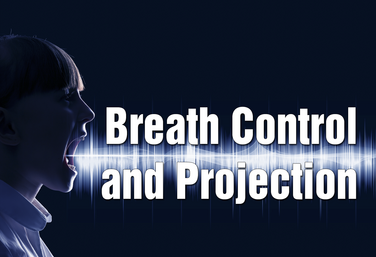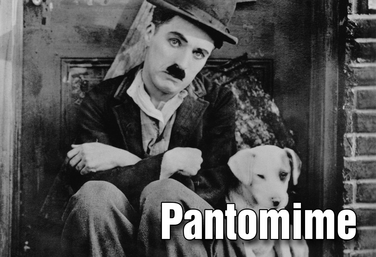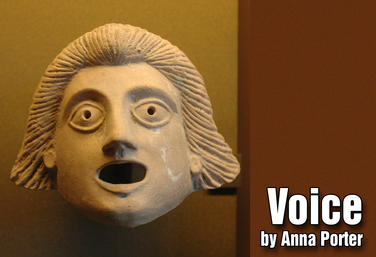Items tagged "Voice"
1 Course, 3 Units, 4 Lesson Plans, and 3 Resources tagged "Voice" for Drama Teachers.
Courses
Breath Control and Projection
by Elisabeth Oppelt
In this course, you will learn what breath control and projection are, how to breathe from your diaphragm and speak loudly without yelling, and how to teach these skills to your students. Led by teacher and singer Elisabeth Oppelt, this course will be helpful both in your teaching practices and in creating material to teach your students. This course also includes both formal and informal assessments for you to use in your classroom.
Read More...
Read Less...
Units
Pantomime
by Karen Loftus
In this unit, students will explore nonverbal communication: first, through body language and gesture, and then through the specific art of pantomime. Students will learn hand position, tension, follow-through, and action/reaction/interaction with objects through warm-up games and exercises. The unit culminates in a two-person pantomime performance.
Read More...
Read Less...
Voice
by Karen Loftus
This unit focuses specifically on the technical aspects of vocal production. By understanding how voice is created, students will be more aware of how to improve their vocal production. Students will explore posture and breathing exercises, as well as how to use the diaphragm, projection, and articulation. The final project will test students’ ability to properly project and articulate a joke across a large space.
Read More...
Read Less...
Voice
by Anna Porter
In this unit, students will be introduced to a key element of performance: the voice. Students will explore how to thoughtfully communicate character, story, and emotion vocally. Students will begin by exploring articulation so that they understand the importance of clearly communicating their words onstage. They will further build on this with the following lesson on the different vocal varieties of pitch, tone, rate, and volume.
The final lesson helps students explore vocal characterization as well as the details and layers that can bring that character to life vocally. This unit study of the voice culminates in a final puppet show where students are asked to bring a story and character to life by using vocal variety, articulation, and characterization.
Read More...
Read Less...
Lesson Plans
Creating a Voice for a Character
by Elisabeth Oppelt
Students will demonstrate how to use vocal aspects in character creation.
The lesson teaches students how to create a specific character voice,considering volume, rate and pitch.
Read More...
Read Less...
Vocal Projection
by Elisabeth Oppelt
Students will demonstrate their ability to project.
Projection is speaking loudly without yelling. It is the technique actors use to be heard when performing without damaging their voices. Students learn how to project and practice the skill culminating in an assessed exercise.
Read More...
Read Less...
Breath Support
by Elisabeth Oppelt
Being able to control how much air comes out as you speak allows you to speak loudly without damaging your voice. It also lets you choose where to pause.
This lesson teaches students the basics of breath support and exercises to practice controlling the breath.
Students will demonstrate their ability to control their breath support by participating in a series of exercises, culminating with an attempt to say all fifty states of the union in one breath.
Read More...
Read Less...
Vocal Tools: Tone
by Lindsay Price
The voice is a powerful instrument. Beyond being the vehicle with which an actor delivers their dialogue, the voice can suggest emotion, subtext, character personality, location, and more. There are a variety of vocal tools an actor can use to communicate effectively with an audience. This lesson covers tone.
Read More...
Read Less...
Resources
The Vowel Tree
The Vowel Tree is a great warm up because it gets students used to just making sounds and working the entire range from the low end of the voice to the high end. You can find a video demonstration of The Vowel Tree in Lesson Two of the Friendly Shakespeare Course. Watch the video and try the exercise for yourself!
Read More...
Read Less...
Character Projection Warm Up
Use this warm up to get students not only thinking about the physicality of a character but projection as well.
Read More...
Read Less...
Vocal Warm-up
Learn a great vocal warm-up "What a to-do" from DTA instructor Todd Espeland. It promotes diction, projection and breath control.
Read More...
Read Less...
Attachments
© Copyright 2015-2025 Theatrefolk




